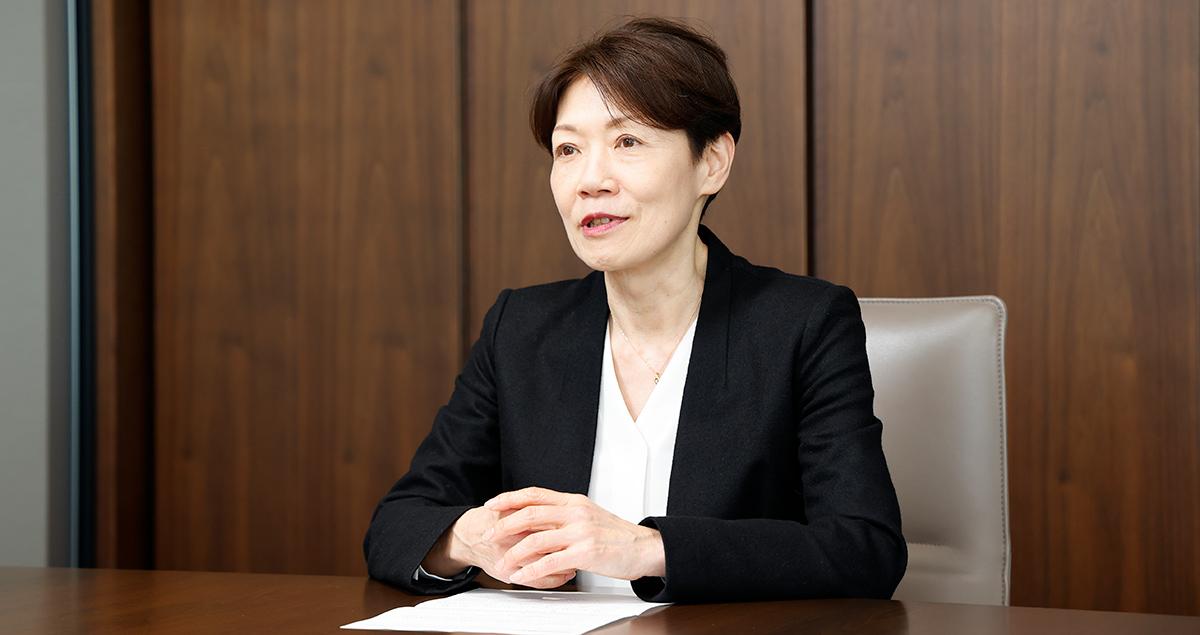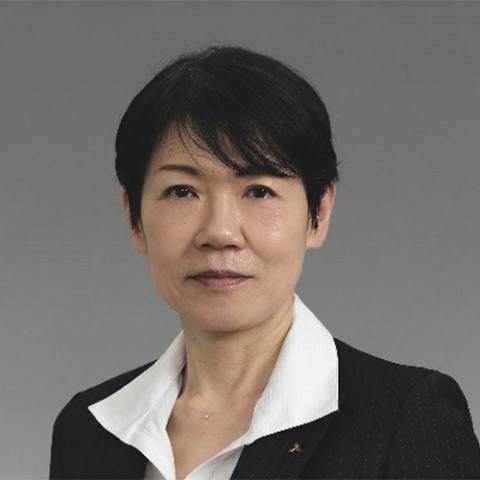How MHI’s technological development strategy justifies a ‘conglomerate premium’

This article was previously published in our newsletter, if you're not already a subscriber, sign up here.
Conglomerates usually trade at a discount since the disadvantages of complexity tend to outweigh any economies of scale. But given the increasingly large and complicated challenges facing modern society – foremost among them climate change – it is possible to argue that diversified companies, that can develop many different technologies and approach problems from multiple angles, have a better chance of finding solutions.
It follows that conglomerates like Mitsubishi Heavy Industries (MHI) Group, which spans energy systems, infrastructure and machinery, aircraft, defense and space systems, actually merit a premium. Realizing this ‘conglomerate premium’, which should express itself in terms of new and better products, leading to faster sales and profit growth and, eventually, a higher rating by all our stakeholders, is the task of my team in the Technology Strategy Office.
In practical terms, our job is to encourage collaboration: between different basic technologies; between physical and digital infrastructure; between engineers at the business units and experts in the Research & Innovation hubs; and between our company and external partners, such as startups and universities.
Combination is the key
There is a rich reservoir of knowledge for us to draw on: MHI has some 35 business units that make over 500 products based on more than 700 base technologies. We are, for example, among the world leaders in thermodynamics – in dealing with both heat and mechanics – and building machines that function reliably in both extreme cold and extreme heat for mission critical operations. That has led to a suite of products from rocket engines, turbines and heat exchangers to compressors, turbochargers and heat pumps.
While we have long understood the significant potential of combining our technologies to accelerate innovation, we used to operate in a siloed manner, with major business divisions working independently and not sharing ideas or personnel. That approach has been fundamentally changed over the past decade and we now have ‘Shared Technology Framework’ at MHI that combines a unified Research & Innovation Center (spread around the world, working on our base technologies), with the Technology Strategy Office, the Digital Innovation Headquarters and the Value Chain HQ.

We have also overhauled our development process itself, breaking up our uniform R&D function and forming hundreds of small, agile research teams, each focusing on one aspect of the 120 ‘megatrends’ we have identified as (re)shaping our customers’ business. Every team is given just three months and a limited budget to test an initial hypothesis. Then they report and reset. This ‘pivot development’ process is repeated until it ends in failure or a workable prototype.
Results on the ground
The results of this new, combined thinking are exceeding our expectations. One example is how we are rapidly evolving a complete ecosystem around our world-leading Gas Turbine Combined Cycle (GTCC) power plants. On the one hand, we have connected hydrogen-ready gas turbine units to hydrogen production equipment at our verification facility at Takasago Hydrogen Park in Hyogo, Japan. On the other, we are helping utility customers currently operating GTCC units to install CO₂ capture systems.
Because we have expertise in such a wide range of basic technologies, from combustion and heat exchange to handling hydrogen, we can make “smart connections” between them – something not every company can do. In this case, that leads to the elimination of almost all CO₂ emissions from electricity generation.
A second instance is how we have brought together our experience in designing and building warehouse equipment with a newly-developed AI-based control system that can integrate all the automated forklifts, guided vehicles and palletizers inside a distribution center into a holistic automated picking solution.

What is more, we did this in less than three years, partly by bringing the hardware and software together at our Yokohama Hardtech Hub experimental facility. The new integrated system can achieve throughput that is almost 40% higher than earlier automated systems. And by collaborating with other parts of the group, we can even offer enhanced cybersecurity features.
A work in progress
Complementing all this is a new approach to intellectual property (IP). MHI is becoming more open to sharing its discoveries and technologies with third parties as we step up external collaborations. At the same time, a newly-formed IP Innovation team at the Research & Innovation Center is focusing on filing wider patent applications that protect new processes as well as new ideas.
The mission of the Technology Strategy Office has a long way to go; but I am encouraged by our progress so far. Everywhere I turn inside MHI, I see examples of collaboration and sharing of knowledge, experience and technologies. At around 3% of sales, our R&D spend is no higher than many of our competitors but I believe we make our investments count, with three quarters of that money going to future, as opposed to existing, products.
Customers are endorsing our products: in each of the last two years, Mitsubishi Power, a power solutions brand of MHI, achieved global leadership in gas turbines. I am also encouraged by the growing recognition that MHI is receiving from investors, as reflected by the sharp increase in the share price. There are many factors behind this but I believe that potentially a part of it is due to the growing idea that technology-based conglomerates deserve a premium.
![]()
Discover more about MHI Group's automated picking solution for Kirin Group





